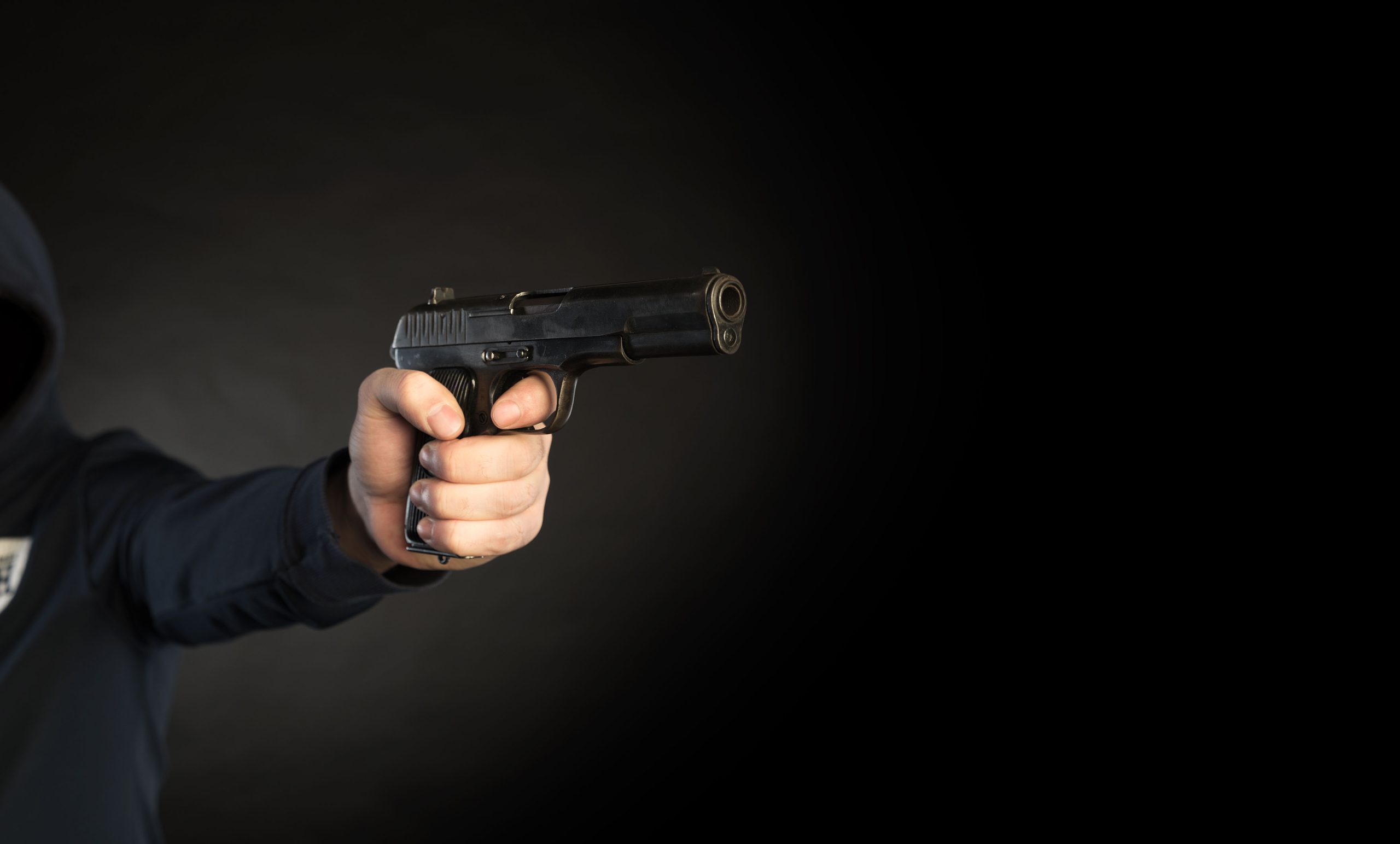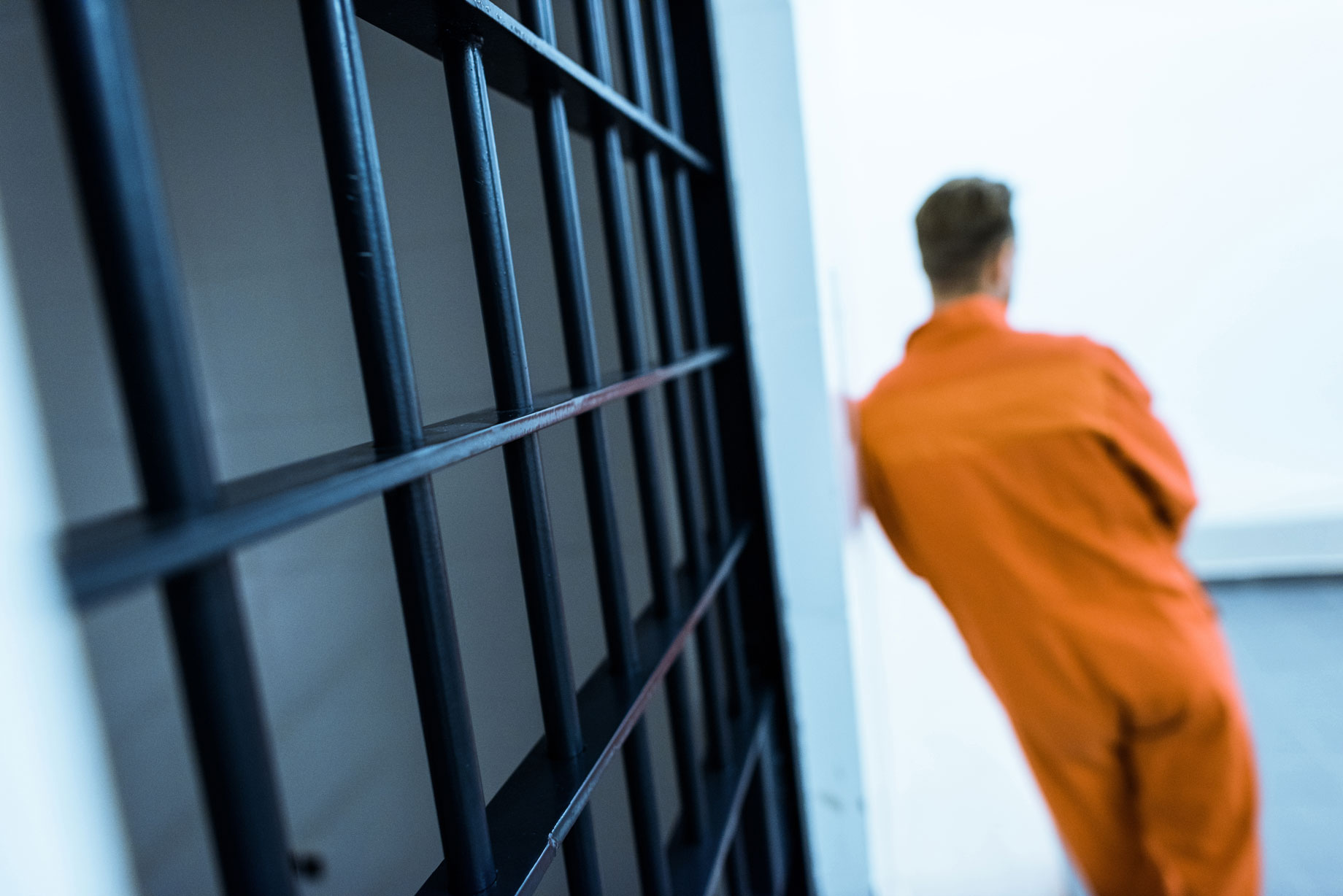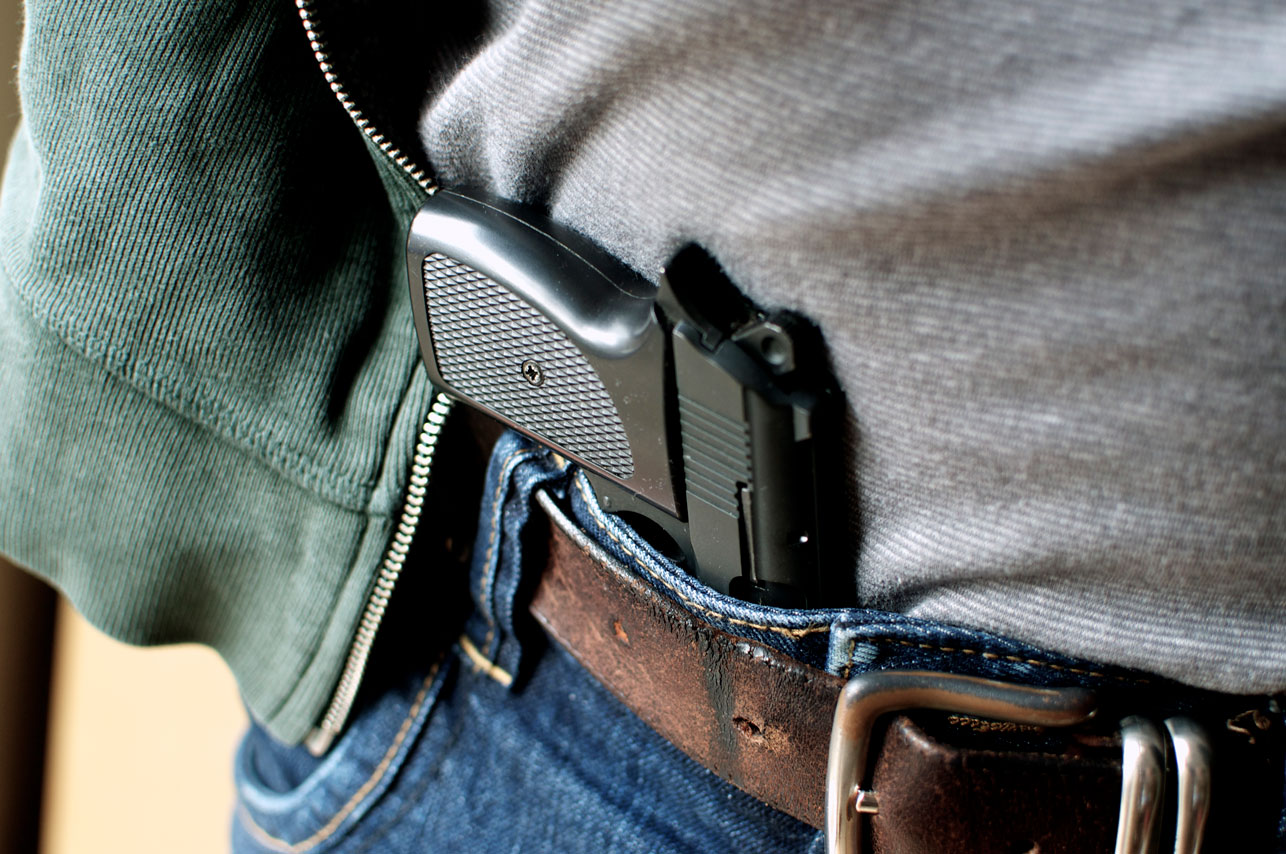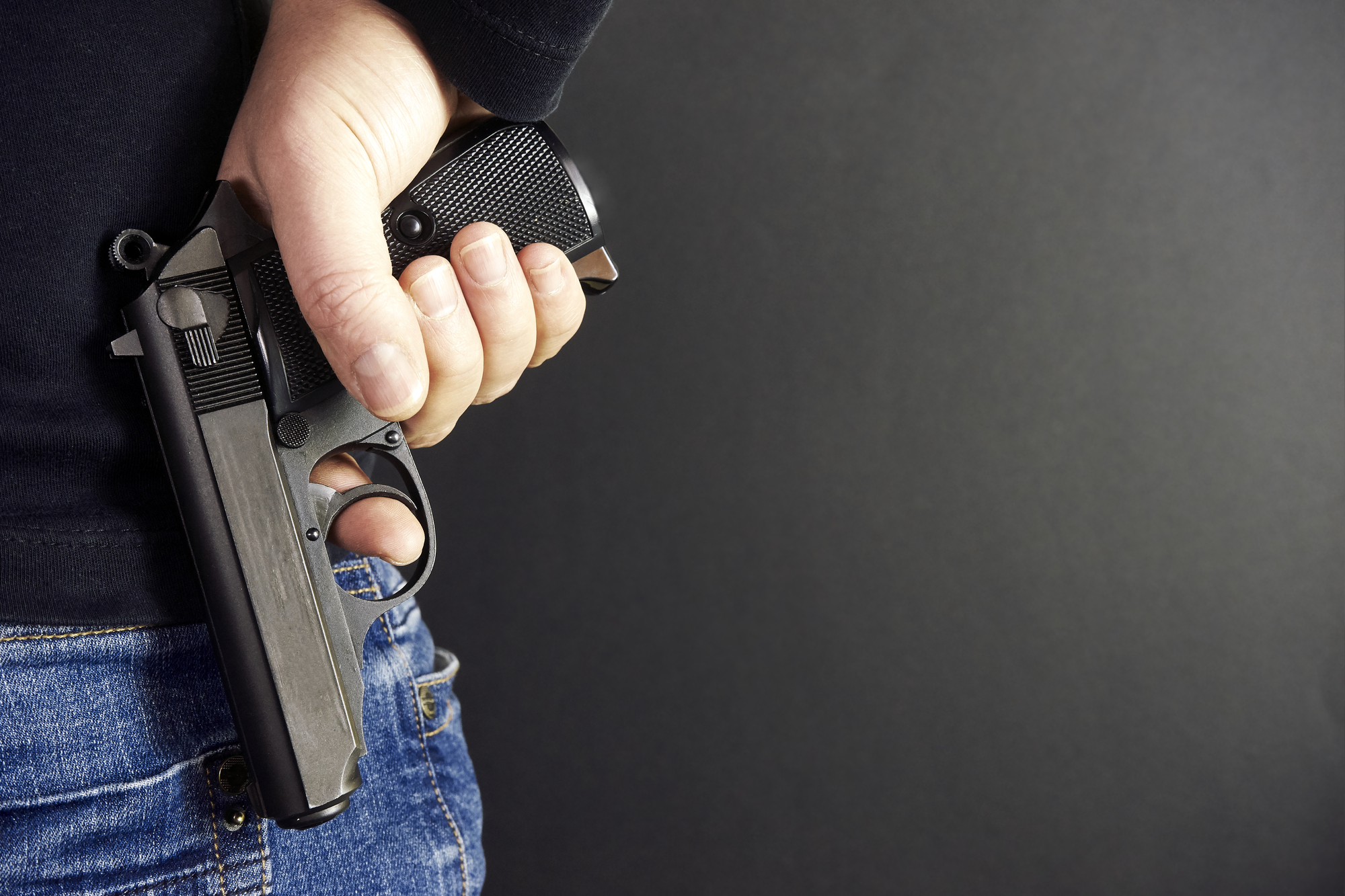Bail Bond for Felony Assault with a Deadly Weapon (PC 245)
If you or a loved one find yourselves in a difficult situation, we understand the urgency and stress that comes with it. At Angels Bail Bonds, we specialize in providing the support and assistance needed to secure bail for a felony assault with a deadly weapon charge.
Learn the basics about the bail process for a felony assault with a deadly weapon charge, and then contact Angels Bail Bonds today. Let us be your trusted partner in navigating the bail process for a felony assault with a deadly weapon charge. We are here to help you regain your freedom and prepare for your legal journey.
If you’re facing charges related to deadly weapon assault, aggravated assault, or causing serious bodily injury, it’s crucial to consult with a criminal defense lawyer as soon as possible. A lawyer can advise you on how to best navigate the complexities of your case, which could involve the use of a dangerous weapon. While we at Angels Bail Bonds can assist you in obtaining bail, it’s essential to have a legal expert on your side for a comprehensive defense strategy. Reach out to us for immediate bail services, and consider engaging a qualified criminal defense lawyer to protect your rights and fight for your best outcome.
What is bail?
Bail in California refers to the amount of money or property that a defendant or their surety (a person responsible for the defendant’s appearance in court) must deposit with the court to secure the defendant’s release from custody while awaiting trial.
The purpose of bail is to ensure that the defendant appears in court for all scheduled hearings and does not flee before the trial. A bail schedule or table determines bail amounts, but a judge can deviate from the schedule based on various factors, including the severity of the offense, the defendant’s criminal history, and if the defendant is a flight risk. If the defendant fails to appear in court, the bail is forfeited, and a warrant may be issued for their arrest.
What are bail bonds?

When you find yourself in a situation where you can’t afford to pay for your bail, bail bonds might be the solution for you. A bail bondsman, who a bail bond company employs, will charge you a fee in exchange for providing the payment. Bail bond companies in California charge only 10% of the total bail amount to post-bond for a defendant. So, if the bail amount is $20,000, the bondsman will charge $2,000 instead of the full amount. While this may still seem like a lot of money, it’s much more affordable than paying the entire bail amount, especially on extremely high bail amounts for some serious felonies.
Those rates can be as high as 20% for some immigration and federal charges because these rates are set by law, and all bail companies must charge the same amount. Despite the costs, using a bail bondsman can be a lifesaver for those who cannot afford to be released from custody on bail.
What happens at a bail hearing?
The amount of bail is normally set at the person’s initial court appearance, often known as the arraignment stage or pre-trial detention. A judge can either release a person on their own recognizance (OR) with a promise to appear in court at a later date or deny their OR and impose bail.
If the charges are infraction offenses or even some misdemeanor offenses—such as a DUI with no accident injuries or significant property damage— the person will usually be released without bail after being arrested. More serious felony charges will not have OR as an option and will only be released from custody on bail.
You must pay the bail amount or post a bail bond on the bail schedule. An arresting officer might ask for a higher bail amount than what the bail schedule suggests.
What Factors Influence a Defendant’s Bail Amount?
The bail bond process starts when a defendant is in front of a judge to determine bail. Then several factors are put into play, including the severity of the crime, criminal history, whether the defendant is a flight risk, community ties, financial resources, their potential danger to public safety, and even mental health are considered when determining bail amount.
The bail schedule further gives guidance for all criminal charges, with the judge having some leeway in the specific amounts, as mentioned. And even if they’re allowed out on bail, the defendant might have to be placed under house arrest, be prohibited from owning any deadly weapons or placed under electronic monitoring.
Have you been charged with criminal Felony Assault with a Deadly Weapon, PC245?

If you’ve been charged with a criminal offense like Felony Assault with a Deadly Weapon, you or a loved one must contact the experts at Angels Bail Bonds immediately and avoid as much jail time as possible. Our team of bail bondsmen and criminal defense attorneys provide assistance during pre-trial detention at no extra cost, including nationwide.
What is Felony Assault with a Deadly Weapon?
According to California Penal Code Section 240, assault is defined as “an unlawful attempt, coupled with a present ability, to commit a violent injury” on the person of another. The facts of a simple assault case should also leave no reasonable doubt that the acts would result in a force that meant physical harm. Putting it another way, it means that a reasonable person should be able to determine the attack was meant and could cause bodily harm. Acts in self-defense or defense of someone else do not count (if proven to be the case.)
While PC 245 deals specifically with the penalties for assault “upon the person of another with a deadly weapon or instrument.” Here, weapons and instruments could mean anything that can be used in a manner capable of producing, or likely, great bodily injury or even death. That can be anything that can cause bodily harm, like a broken bottle, a sharp pencil, a rock, or a car to a knife or shiv. It also has to be willfully used with force meant to inflict bodily injury on a person.
More importantly, an assault charge does not require you to physically contact or injure a person. The intent of physical injury and the viability of the crime is what matters.
PC 245 (a) (2) then details the penalties for the more serious crime of assault with a deadly weapon with a firearm, with the charges worsening depending on the type of firearm. For example, using a handgun will mean fewer years in prison compared to an assault weapon, semiautomatic firearm, assault rifle, or a machine gun.
The type of victim is also taken into consideration. If the victim was a police officer, peace officer, or firefighter, the punishment is serious and almost always considered a felony.
Types of Felony Assault with a Deadly Weapon Charges in California
The charge of assault with a Deadly Weapon in California is considered a wobbler crime, meaning whether it’s charged as a misdemeanor assault or felony depends on several factors, including the type of weapon used, who the victim was, the extent of harm caused, whether a reasonable person can determine that harm was intended and possible, the extent of that harm or injury, among other circumstances.
Misdemeanor Assault with a Deadly Weapon
Most charges of simple assault and assault with a deadly weapon that doesn’t involve a firearm or knife are charged as misdemeanors, with penalties ranging from a $1,000 fine to a year in prison. A lengthier prison term might be
Felony Assault with a Deadly Weapon
A felony assault with a deadly weapon charge comes when what could’ve been a simple assault charge is made worse if a firearm is involved, the bodily injury is more severe, or the victim is a peace officer, police officer, or firefighter and reasonably knows they’re engaged in performing their duties. The type of firearm, like an assault weapon, a semiautomatic firearm, or others, is another crucial factor. The penalties for a felony charge can be up to $10,000 in fines or eleven nine years in jail, depending on the circumstances.
Penalties for Felony Assault with a Deadly Weapon Cases

A felony assault with a deadly weapon charge can lead to several years in prison, up to 12, and fines of up to $10,000. The penalties vary depending on several factors and are detailed below, according to PC 245.
While prison term is the standard for felony charges, fines are also an option for lesser charges. Nonetheless, when firearms like assault weapons, machine guns, semiautomatic firearms, and others are involved, a prison term is likely.
These are the most common penalties:
- Assault with a Deadly Weapon (Other than a Firearm):
- Imprisonment in the state prison for a period of two, three, or four years, or
- Confinement in a county jail for a maximum of one year, or
- A fine not exceeding ten thousand dollars ($10,000), or
- Both a fine and time in prison.
- When against a peace officer, police officer, or firefighter, the prison terms increase to three, four, and five years.
- Assault with a Firearm:
- Imprisonment in the state prison for a period of two, three, or four years, or
- Confinement in a county jail for a minimum of six months and a maximum of one year, or
- Both a fine not exceeding ten thousand dollars ($10,000) and imprisonment.
- When against a police or peace officer, or firefighter, the prison terms increase to four, six, and eight years.
- Assault with a Machinegun, Semiautomatic Firearm, Assault Weapon, or .50 BMG Assault Rifle:
- Imprisonment in the state prison for a period of 4, 8, or 12 years
- When using a semiautomatic firearm against a police or peace officer, or firefighter, the prison terms increase to four, six, and eight years
- When using a machine gun, assault weapon, or assault rifle against a police or peace officer, or firefighter, the prison terms increase to six, nine, or 12 years.
- Assault with Force Likely to Cause Great Bodily Injury:
- Imprisonment in the state prison for a period of two, three, or four years, or
- Confinement in a county jail for a maximum of one year, or
- A fine not exceeding ten thousand dollars ($10,000), or
- Both a fine and imprisonment.
Average Bail for Felony Assault with a Deadly Weapon
Felony Assault with a Deadly Weapon in the California Penal Code is 245, and initial bail is set on the bail schedule at $50,000 to $100,000 dollars. In many counties, like Los Angeles County, the bail is as high as $125,000.
You Need An Experienced Bail Bond Agent That Specializes In Assault With A Deadly Weapon Defense
The bail bond process for a felony assault with a deadly weapon charge is harsh without expert help at your side, as the standard bail for assault with a deadly weapon felony is $50,000 to $100,000 dollars. Nonetheless, a bail bond company and a criminal defense attorney can aid you during this difficult time and help you and your loved one obtain that bail money.
Free Consultation & Case Review
Do you know someone who has been arrested for assault with a deadly weapon? Look no further because we are here to help. At Angel Bail Bonds, we work with experienced bail bondsmen and criminal defense attorneys to be your best option, even in cases where you need bail for the charge of felony assault with a deadly weapon. We offer flexible payment plans and affordable rates to make the bail process more manageable for you and your loved ones. If you have any questions about how bail laws and the bail bond process works in California or if you need assistance helping a loved one, don’t hesitate to call us today.





